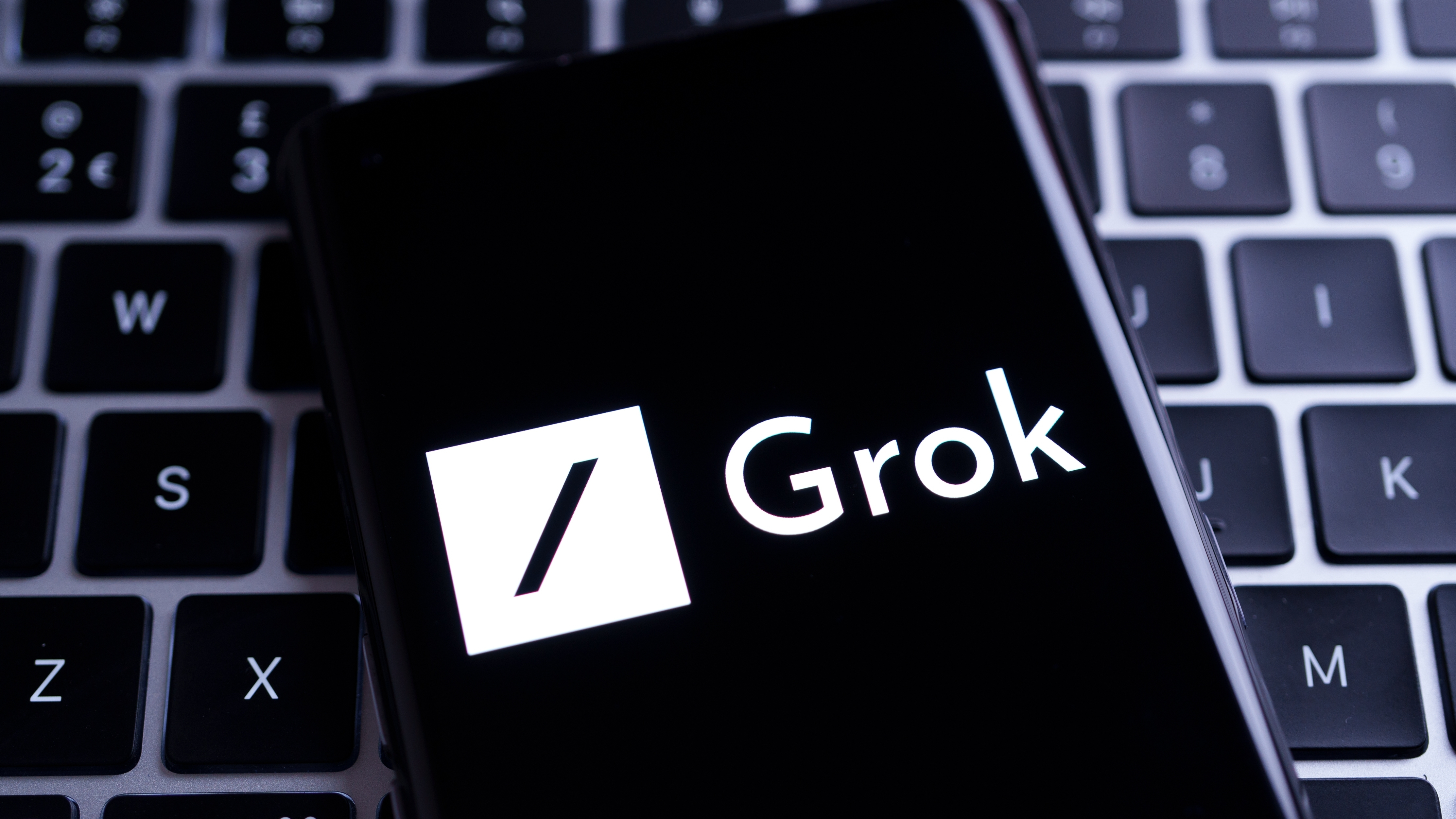xAI has just announced a massive update to its Grok chatbot that helps it keep up pace with the OpenAI's powerhouse. This new update comes in the form of a brand new — and totally free — feature called Grok Studio.Grok Studio can generate documents, write code and reports, and even create browser games.
When you ask Grok Studio a prompt related to these kinds of tasks, it will open up a new window, allowing you to edit and change your creative projects as you see fit, or ask for new changes.This isn’t necessarily a unique feature. OpenAI released Canvas — a specific interface for writing and coding projects — late last year, while Anthropic has something similar with Claude too.

Where Grok stands out is its Google Drive integration. You can attach files from a Google Drive account to a Grok promptGrok works similarly to these tools, allowing the user to preview snippets of code being generated and download unique file types to show off the content in its best format.However, where Grok stands out is its Google Drive integration.
You can attach files from a Google Drive account to a Grok prompt, helping you to get the most of your documents, spreadsheets, and slides.How to use Grok’s new featureGrok Studio is available on both free and paid versions of the AI model but you do need to have an account.Once you’ve signed up and opened Grok, it’s simply a case of asking the model a request that will utilize this.
Here are some examples of tasks that utilize Grok Studio:Design an interesting graph that shows the most popular jobs in 2024Write a research project on how the mitochondria is the powerhouse of the cellDesign a word-based browser game where I ask questions to guess a secret characterWrite the code for a simple website that can take bookings for a hairdresserDoes it work well?I spent some time playing with the new Grok feature and, for the most part, it did an okay job with a couple of hiccups.The very first task I asked for was “create a Mario-like side-scrolling browser game using the arrow keys as movement”.(Image credit: Grok)This caused some issues and it ended up generating lines of gibberish code halfway through before eventually giving up.
The next task, to make a website to display art on, worked better. This took about 10 seconds to generate and gave me a simple, but well-designed website with an artist description section, gallery, and contact options.With some back and forth with Grok, I was able to fill in the gallery spaces, add my contact details, and update each page.
Grok also wrote a research paper for me on Peter Pan and designed infographics on the most popular social media platforms.(Image credit: Grok)Where this kind of tool stands out is the ability to make corrections.At first, I didn’t like the first version of the infographics I was given so I asked for more detail, brighter colours and a more interesting aesthetic.
Bottom lineIs this the cutting edge of AI technology? No. But what Grok has done is bring some of the smarter features of AI models to a free platform.The model is still buggy and, like other AI platforms out there, can fall at regular hurdles, like its failed attempt at making a browser game for me, for example.
However, for now, the biggest thing holding the model back is its lack of creativity. Grok's generations are simple, focusing on the information you asked for, but without much pizzazz. This is where its biggest competitor, OpenAI's Canvas, thrives.
More from Tom's GuideI'm a personal trainer — ChatGPT built me a 15-minute mobility routine for looser hips, and I’m surprised by the resultsI just tried Google's newest AI video generation features — and I'm blown awayI test ChatGPT for a living — 5 prompts I wish I'd known about sooner.
Technology

I used Grok's new AI tool Studio to make a website, research paper and browser game — all for free

Catching up to OpenAI and Anthropic, this new feature is a huge boost for Grok.















